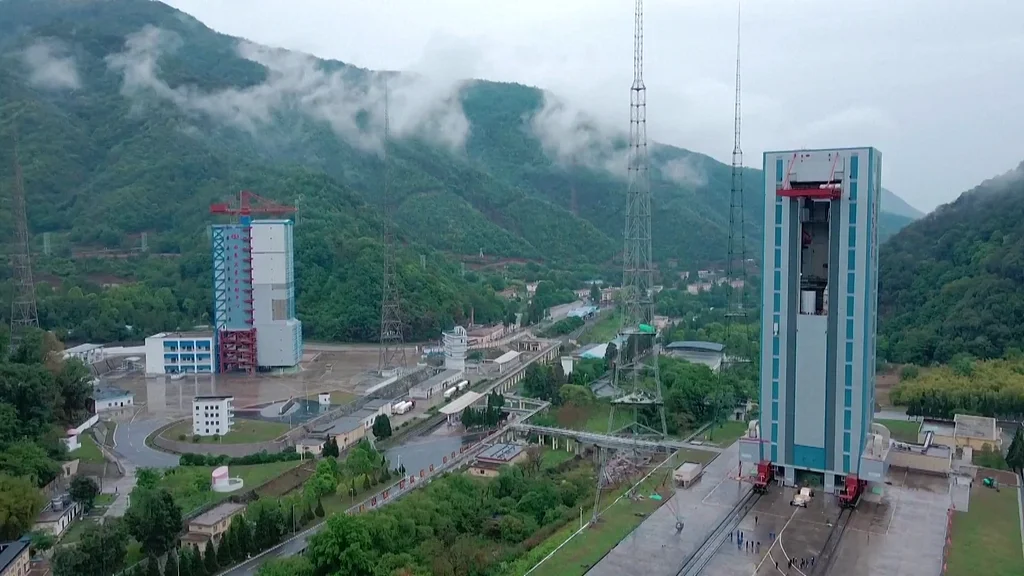
China’s Tianwen-2 Mission Embarks on Historic Asteroid Sampling Journey
China is making significant strides in space exploration with the launch of its Tianwen-2 mission. Aiming to collect samples from a near-Earth asteroid and study a comet, this ambitious project highlights China's growing capabilities in deep space exploration. The mission launched on May 29th, Beijing time, aboard a Long March 3B rocket from the Xichang Satellite Launch Center.

Tianwen-2's primary target is the asteroid Kamo'oalewa (2016 HO3), a unique near-Earth object often dubbed Earth's "quasi-satellite." Scientists believe this asteroid could be a “living fossil” from the early solar system, potentially even a fragment of the Moon. The mission plans to retrieve samples from Kamo'oalewa and return them to Earth, possibly as early as 2027.
This mission isn't just about asteroid sampling. After dropping off the samples, Tianwen-2 will leverage Earth's gravity for a slingshot effect, propelling itself towards comet 311P/PANSTARRS, located in the asteroid belt between Mars and Jupiter. The mission is expected to rendezvous with the comet around 2035.
The data collected from 311P/PANSTARRS promises invaluable insights into the origins of Earth's water and the broader evolution of the solar system. Tianwen-2 is equipped with a suite of advanced instruments, including cameras, spectrometers, and particle analyzers, to thoroughly investigate this unusual object, which exhibits both asteroid and comet characteristics.

Adding to China's increasing space activities, this mission follows the successful Tianwen-1 Mars orbiter and rover mission. China is also gearing up for the Tianwen-3 Mars sample return mission in 2028 and the ambitious Tianwen-4 mission to Jupiter and Uranus, demonstrating a long-term commitment to planetary exploration.
China's space program is rapidly expanding, reflected in the increased number of orbital launches and payloads delivered to orbit. Alongside planetary missions, China is also actively deploying space-based computing satellite constellations. The Guowang network, operated by SatNet, and the Qianfan constellation (also known as G60) are just two examples of the ambitious megaconstellation projects underway.
The Tianwen-2 mission will employ both a “touch-and-go” sampling technique, along with a more innovative method using robotic arms with drills to extract subsurface samples. This could potentially unveil information about the asteroid's history and composition.

With the launch of Tianwen-2, China solidifies its place as a key player in deep space exploration, pushing the boundaries of scientific discovery and paving the way for future missions to explore the solar system. This mission also serves as a crucial test for China's deep-space communication systems, vital for more distant missions like Tianwen-4.
What impact will the Tianwen-2 mission have on our understanding of the solar system's origins, and how will this influence future planetary defense strategies? Share your thoughts in the comments below!